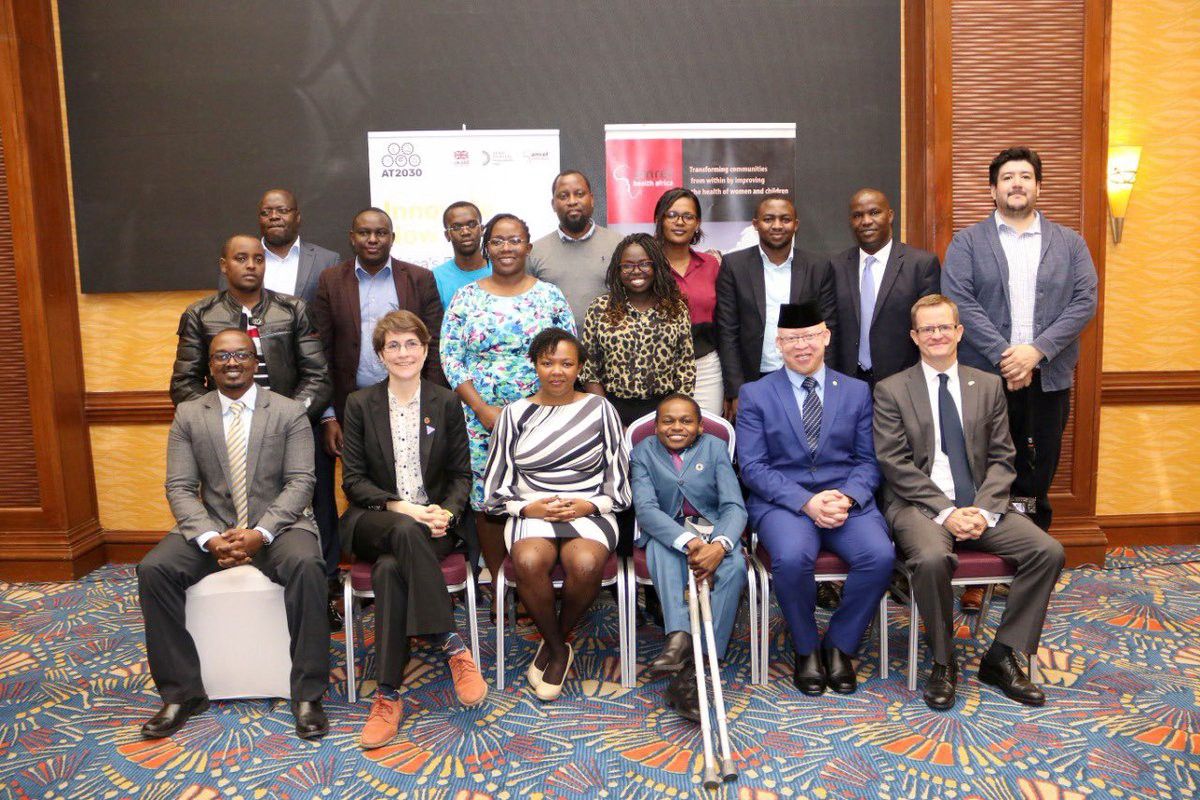Kenya Eyes Disability-Inclusive Innovation Hubs in New National Plan
Key Take-aways from this Story
A New Era of Inclusion Begins
The Kenyan government has announced a sweeping new plan to promote the technological empowerment of persons with disabilities, moving beyond making existing digital platforms accessible and instead investing in a network of regional innovation hubs designed specifically for disability-inclusive innovation and entrepreneurship.
These hubs, to be spread across all 47 counties, will serve as training centers, assistive tech labs, and incubation spaces for start-ups led by or serving individuals living with disabilities.
This marks a bold shift in approach. Rather than retrofitting services like eCitizen, the Ministry of ICT now seeks to co-create technologies with the disabled community at the center. Officials say this proactive model will allow Kenya to leapfrog outdated accessibility approaches and harness the creativity of marginalized populations in building smarter, inclusive systems from the ground up.
Disability-Led Startups to Take Center Stage
At the heart of the new strategy is a major investment in disability-led entrepreneurship. Each innovation hub will offer seed funding, mentorship, and product development support for start-ups focused on assistive technology, inclusive education tools, or accessible communication platforms.
The move aims to foster a new generation of tech entrepreneurs who understand the needs of the disabled population because they live them daily. Government spokespeople emphasized that innovation cannot be inclusive unless the creators represent the diversity of the population.
Skills, Not Sympathy: Upskilling Millions
The Ministry also plans to train up to 5 million Kenyans with disabilities in digital skills by 2030, a target that goes beyond basic digital literacy. Instead, the focus will be on equipping people with coding, design, cybersecurity, and AI competencies, enabling them to participate in the workforce of the future.

Each innovation hub will include adaptive learning tools—like screen readers, Braille interfaces, or simplified navigation systems—and instructors trained in inclusive pedagogy. This model will also provide pathways to remote work and freelancing opportunities for persons unable to commute daily due to mobility challenges.
Government to Launch a New AI-Powered Accessibility Tool
Alongside the hubs, the government will debut “Mawezo,” an AI-powered accessibility toolkit tailored for Kenyan public and private digital services. Unlike previous standards-based models that relied on compliance checklists, Mawezo will offer real-time adaptive features. These may include automatic sign language interpretation during livestreams, audio navigation for blind users, and sentiment-adjusted text for neurodivergent users.
Officials suggest Mawezo could eventually be made open-source, allowing developers across Africa to build on its foundation and ensure a pan-African framework for digital inclusion.
Bridging Policy with Innovation
This policy pivot is aligned with Kenya’s upcoming Persons with Disabilities Act 2025, which mandates technological access and economic inclusion. The law will include tax breaks for tech firms that hire workers with disabilities or embed advanced accessibility features into their products.
To avoid past pitfalls of low implementation, the plan includes a public-private oversight board with direct representation from disability advocacy groups, the tech sector, and county-level governance bodies.
Looking Ahead
With this bold shift toward inclusive innovation, Kenya is positioning itself not just as a digital leader in East Africa, but as a global model for how to empower marginalized communities through technology. If successful, the approach could inspire similar models across Africa, reshaping how governments think about accessibility—not as charity or compliance, but as a powerful engine for creativity and economic growth.





0 comments